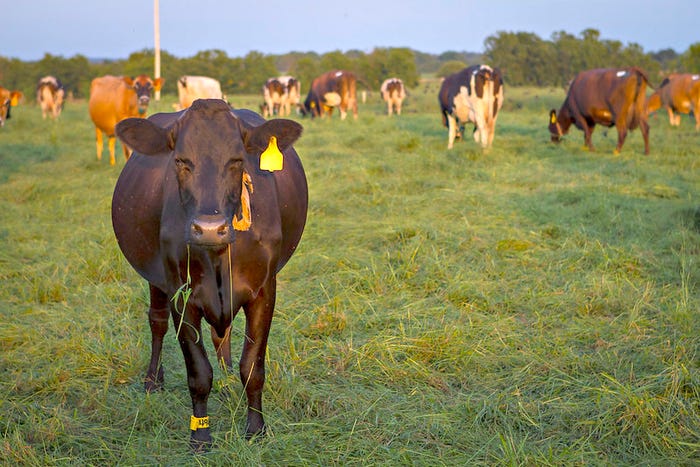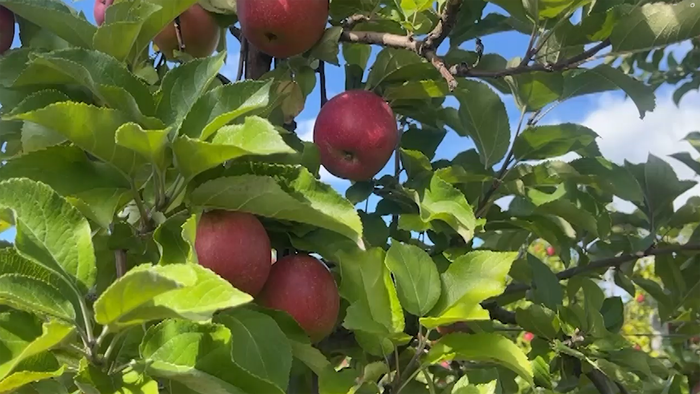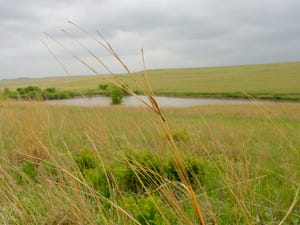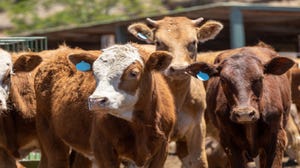The April cattle on feed report had a few surprises for analysts. 
Cattle Market Outlook
Fewer cattle but more in feedlotsFewer cattle but more in feedlots
Is it time to rebuild herds? Derrell Peel takes a look at the latest cattle on feed report.
Subscribe to Our Newsletters
BEEF Magazine is the source for beef production, management and market news.
.png?width=700&auto=webp&quality=80&disable=upscale)



.jpg?width=700&auto=webp&quality=80&disable=upscale)


































